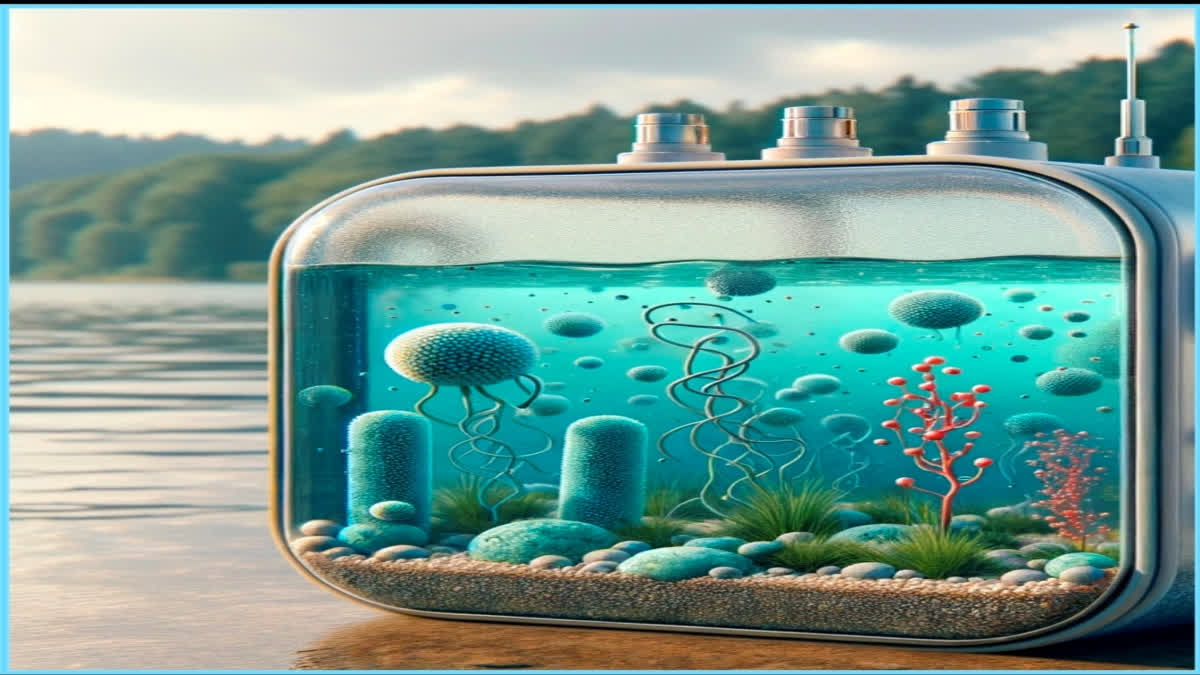New Delhi: The Electromicrobiology Group at IIT Delhi’s Department of Biochemical Engineering and Biotechnology, have collaboratively designed a sensor to monitor water quality in real time.
This innovative device uses "Electroactive Microorganisms," also referred to as "weak electrogenes," capable of generating electric current. Traditionally employed in power generation and research, these microorganisms exhibit a dual functionality by serving as biosensors.
The bioelectrochemical sensor employs weak electrogenes, which produce low levels of electricity. When these electroactive microbes encounter pollutants, their electric current output diminishes. This mechanism enables continuous measurement of extracellular flux, facilitating the real-time monitoring of water quality. This technology acts as a complement to conventional monitoring methods, offering an efficient and cost-effective 24x7 operational solution.
Crucially, the sensor proves reusable for long-term monitoring, particularly beneficial in areas susceptible to frequent water pollution. By consistently tracking water quality, the sensor contributes to pollution reduction. Additionally, its application extends to the detection of emerging pollutants not typically covered by routine tests.
The presence of weak electromagnets in various natural environments suggests a broad scope for on-site sensors and seamless integration into existing monitoring stations. This discovery holds significant implications for the widespread adoption of water quality monitoring practices.
The findings have relevance to the widespread adoption of water quality monitoring that will be required to meet the UN's Sustainable Development Goal of sufficient water and sanitation by 2030.
More on such innovative devices


